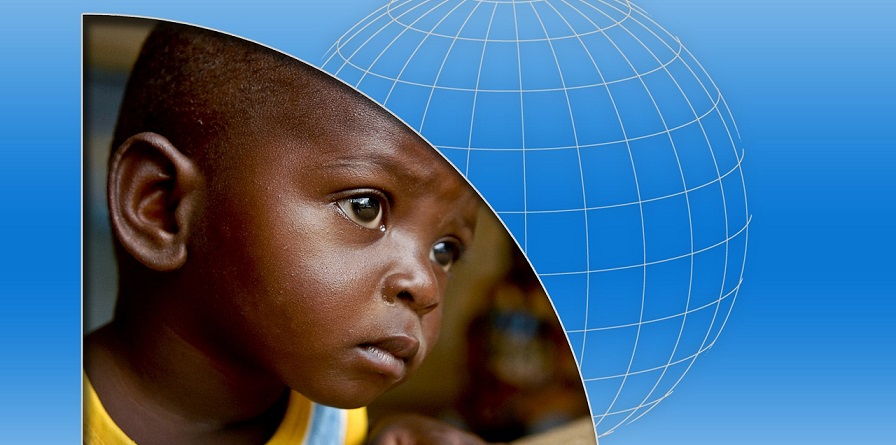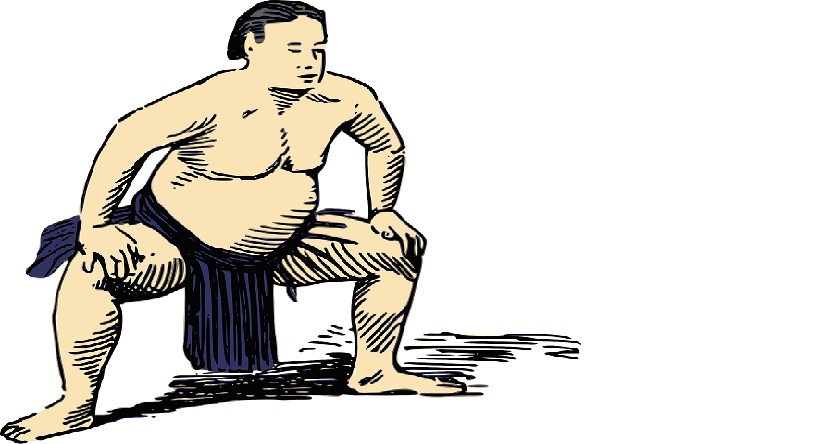In the most recent 2011 report, the Census Bureau numbered more than 49 million individuals living in poverty in the United States. And, the more poverty there is, the more it influences the economy and productivity. But, if the economy is down, the quantity of employments is contracting as well, thus poverty in the US keeps on getting worse. As per the World Bank, more than one billion individuals today live on under $1 every day. Around 70% of those individuals are women.
Issues like hunger, illness and thirst are both cause and results poverty. For example, not having water means you're poor, but rather being poor additionally implies that you will most likely be unable to allow the cost of water or food. It might be said, these issues are both a symptom and a reason for poverty.
It is common that poverty rates are identified with the general health of the economy. As the economy grows, everyone gets more opportunities in the way of employment and income growth. Stronger labor markets and higher pay levels tend to help those families living in poverty move over the poverty limit. As indicated by national data, poverty rates have moved together to some degree with changes in the unemployment rate following 1959. And in the inverse direction, it relates to changes in inflation-adjusted median income. That is, lower poverty rates correspond with declines in unemployment or expansions in pay.
In the United States, the researchers use the unemployment rate, middle income, a measure of money imbalance and district in the nation to predict annual changes in poverty rates from 1967 to 2003. Their result infer that an expansion in the unemployment rate of 1 rate point expands the poverty rate of somewhere around 0.4 and 0.7 rate focuses, while a 1 percent increase in middle income is connected with around a 0.2 rate point diminish in the poverty rate. The impacts were to some degree bigger for both variables from 1967 to 1979 and were fairly littler from 1990 to 2003, outlining the weakened effect of macroeconomic variables on poverty rates.
Higher minority population is connected with higher poverty rates, while a higher middle age is connected with a lower poverty rate. And, the analysis also indicates that a higher rate of population with an advanced education is connected with lower poverty rates, and the nearness of a Native American reservation is connected with higher poverty rates.
Apart from that, you could invest in anti-poverty programs, but because of the public debt, there isn't sufficient cash and an excessive amount of strain about doing as such. Poverty challenge the economy by upsetting the normal growth of human capital such as education, professional experience and health, which is in principle the fundamental driver of economic growth. This implies poverty will both affect and thrive on individuals' lack of education, professional experience and health. Nothing is as unproductive and unattractive (for organizations) as an undesirable and uneducated workforce.









